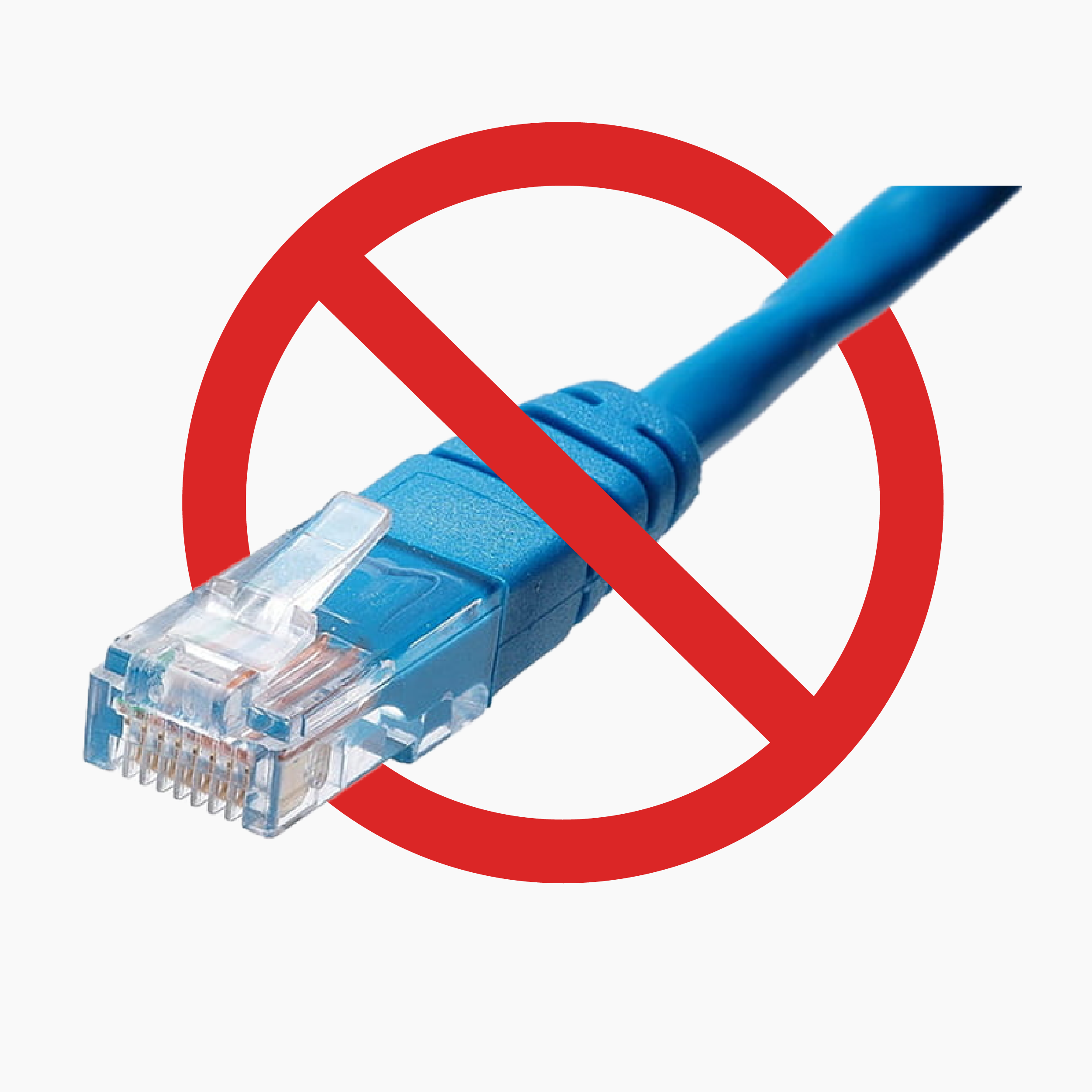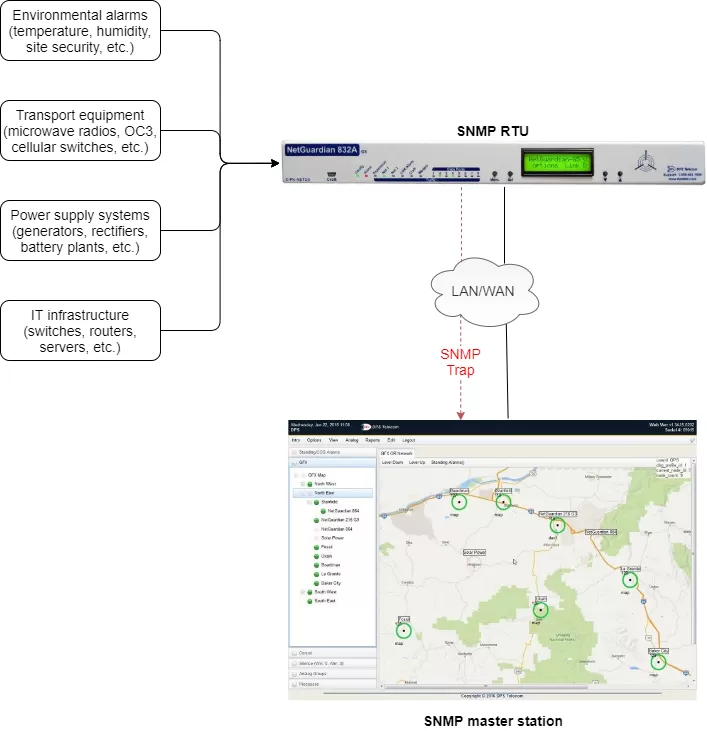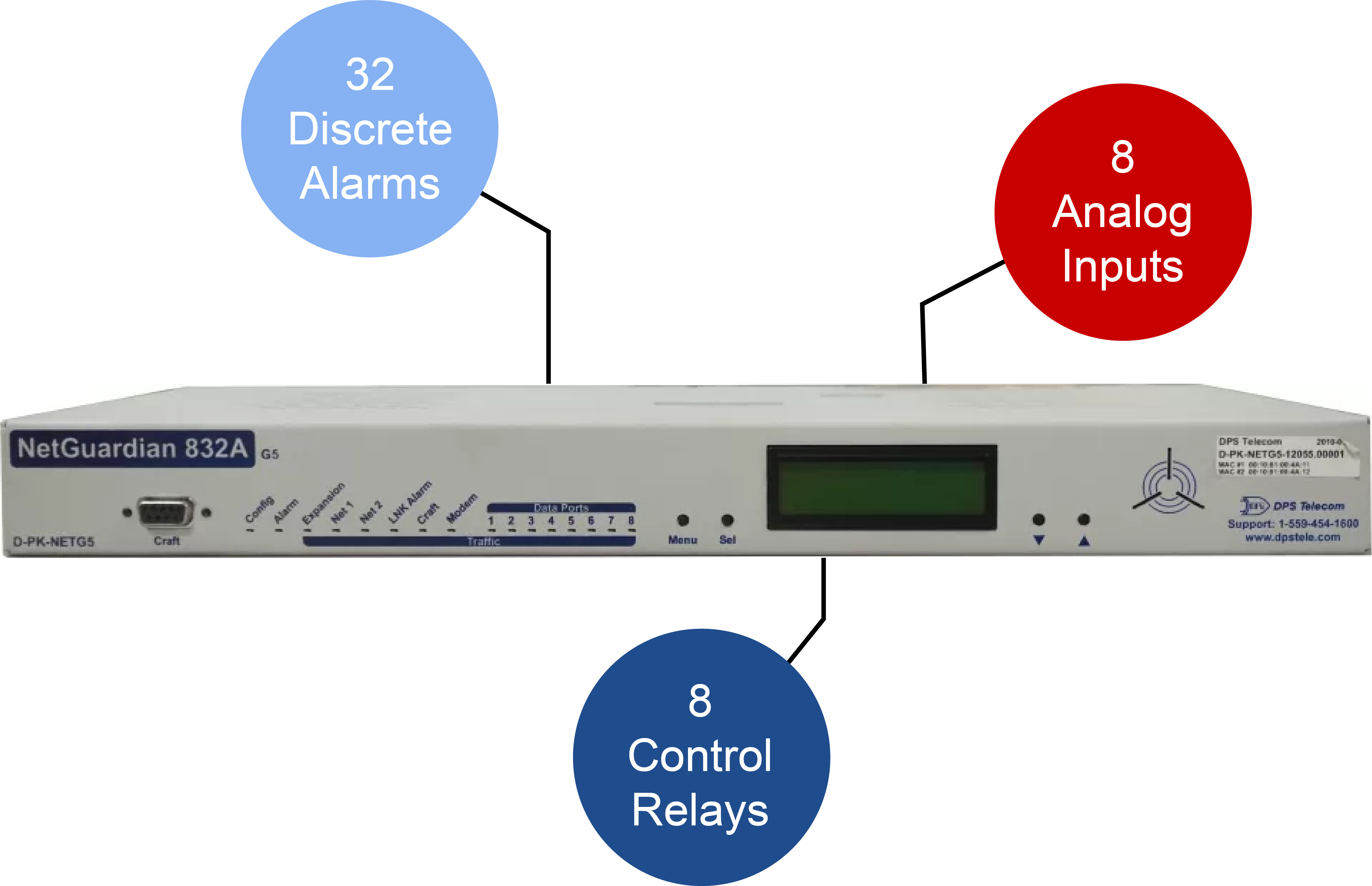Check out our White Paper Series!
A complete library of helpful advice and survival guides for every aspect of system monitoring and control.
1-800-693-0351
Have a specific question? Ask our team of expert engineers and get a specific answer!
Sign up for the next DPS Factory Training!

Whether you're new to our equipment or you've used it for years, DPS factory training is the best way to get more from your monitoring.
Reserve Your Seat TodayMonitoring remote sites can be a difficult task. Remote monitoring can be especially difficult at sites that lack Ethernet connectivity.
JP, a DPS engineer, had a recent conversation with a client regarding the possibility of monitoring remote sites that lack Ethernet connectivity using cellular technology.
Let's explore the details of this chat. As we do so, we'll:

JP: Hello! Let me know if there's anything I can help with.
Client: Can your units communicate with the control center via 4G, 5G, GPRS wireless?
JP: We have a solution that will send SNMP traps over Cellular, and you can access the web user interface over the cellular connection.
Client: We have some locations that do not have Ethernet connectivity, and we need to monitor them and send the information back to our manned control station. Similar to the Westell with the wireless option.
JP: Ok, I can help you with this. We generally have a conversation about what items you are wanting to capture in the monitoring. This will help determine which NetGuardian would be the perfect fit for the location. What type of site is this, or do you have an idea of what you are wanting to monitor? Perhaps Temp, Humidity, water, power, etc.?
Client: It is a fiber hub, and we monitor the DC power plant, dry contact alarms from fuse panels, alarm systems, fire alarm, door entry via dry contacts, battery voltage, and many more.
JP: This sounds like a typical telecom hut project we deal with. Would you like to continue this conversation on chat, or would it be easier for me to give you a call?
Client: One more question for you. I currently use Westell and their central monitoring system. Would your equipment talk to this system, or would I have to use a separate system?
JP: Is it Optima?
Client: Their monitoring system is on my computers behind my firewall. Yes.
JP: Optima website states: Connect directly to 3rd-party systems via user interface. I'm not 100% familiar with the software solution. Would you happen to know if Optima monitors SNMP or which protocols they use? If not, I can have one of our engineers research to ensure compatibility with your existing Manager.
Client: I believe it is SNMP. Please send me information on your equipment and what might suit my needs. Thanks.
JP: How many dry contact inputs would you guess you would need?
Client: At least 32, expandable to 64.
JP: Perfect. I will send you information on our NetGuardian 832A G6.
Client: Thanks, and it will communicate via 4G, 5G, or GPRS to report. Do you have units in stock to ship immediately?
JP: We pair the NetGuardian 832A with an external cellular bridge. This is 100% compatible with LTE, 5G, 4G, and GPRS. We used to manufacture the NetGuardian with a built-in cellular connection. We found that as cellular companies end 3G, it leaves our clients in a bad spot having to retrofit. This requires them to remove alarming monitoring out of service while the retrofit happens. It is much better for the client to be able to replace an external box and upgrade without needing any technical assistance. All of our units are built to order. We have a standard 30-day lead time.
Client: Thanks.
The conversation began with the client inquiring about the capability of the NetGuardian units to communicate with the control center via cellular networks:
"Can your units communicate with the control center via 4G, 5G, GPRS wireless?"
JP responded, affirming the availability of a solution:
"We have a solution that will send SNMP traps over Cellular, and you can access the web user interface over the cellular connection."
Network expansion commonly involves facilities that do not yet have LAN. Other very remote locations may never get LAN.
The flexibility of cellular connectivity allows for real-time monitoring and control anywhere you have wireless coverage. This ensures that remote sites remain secure and operational without traditional wired connections.

The client further detailed their monitoring needs. They specified the type of site and the parameters to be monitored:
"It is a fiber hub, and we monitor the DC power plant, dry contact alarms from fuse panels, alarm systems, fire alarm, door entry via dry contacts, battery voltage, and many more."
JP recognized that this was fairly typical telecom hut project and focused on understanding the specific items to be monitored to recommend the appropriate NetGuardian model.
A key concern for the client was the compatibility of DPS equipment with their current monitoring system:
"I currently use Westell and their central monitoring system. Would your equipment talk to this system, or would I have to use a separate system?"
JP inquired about the specific system (Optima) and the protocols it supports. He also mentioned:
"Would you happen to know if Optima monitors SNMP or which protocols they use? If not, I can have one of our engineers research to ensure compatibility with your existing Manager."
This adaptability is crucial in minimizing disruptions during transitions and upgrades. This ability makes it easier for clients to adopt new technologies without significant overhauls of their existing systems. DPS Telecom's solutions are designed to support multiple protocols, including SNMP, Telnet, HTTP/HTTPS, and more. This allows for an ease of integration with a variety of systems.
The client specified the need for a unit with a high number of dry contact inputs. Ideally, their system would be able to expand to meet future requirements:
"At least 32, expandable to 64."
JP recommended the NetGuardian 832A G6, a powerful and versatile LAN-based alarm collector that met this client's specifications. The NetGuardian 832A G6 supports 32 discrete alarms, 8 analog inputs, and 8 controls, with "DX" expansion options for up to 176 discretes and 32 control relays.

Our client initially brought up a discussion about the use of cellular bridges and similar "external boxes" for alarm-data communication:
"We have some locations that do not have Ethernet connectivity, and we need to monitor them and send the information back to our manned control station."
JP expanded on the advantages of using external cellular bridges:
"We found that as cellular companies end 3G, it leaves our clients in a bad spot having to retrofit. This requires them to remove alarming monitoring out of service while the retrofit happens. It is much better for the client to be able to replace an external box and upgrade without needing any technical assistance."
By using external cellular bridges, you can be sure your monitoring systems remain operational during network upgrades.
DPS Telecom monitoring solutions are designed to address the unique challenges of remote site monitoring. Whether you need to monitor environmental conditions, security, or power systems, our products are built to provide comprehensive visibility and control.
Contact us today to discuss your specific needs and find the perfect monitoring solution for your network.
Call DPS now at 1-800-693-0351 or email sales@dpstele.com to get started.

Andrew Erickson
Andrew Erickson is an Application Engineer at DPS Telecom, a manufacturer of semi-custom remote alarm monitoring systems based in Fresno, California. Andrew brings more than 18 years of experience building site monitoring solutions, developing intuitive user interfaces and documentation, and opt...